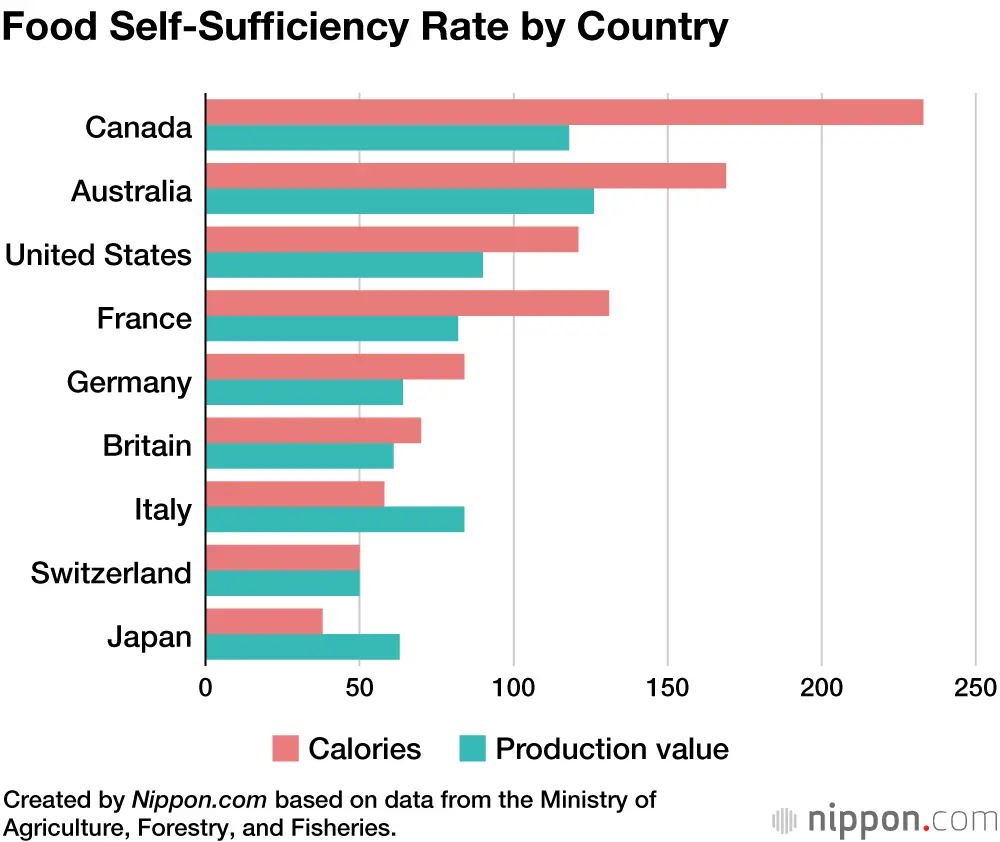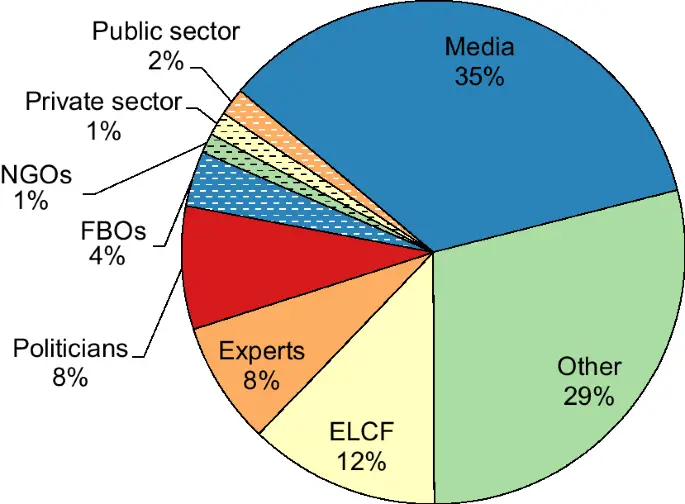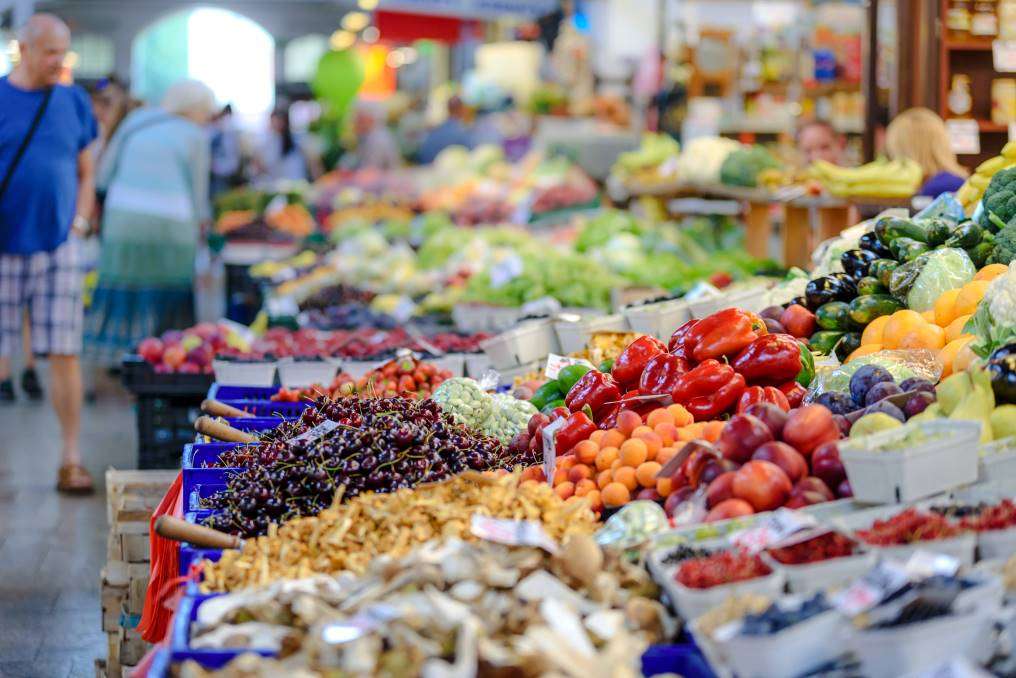I’ve always been fascinated by the idea of living off-grid, disconnected from the hustle and bustle of modern society. And one crucial aspect of this lifestyle that often gets overlooked is meal planning and food storage. Without the convenience of a nearby grocery store, how do you ensure you have enough food to sustain yourself? In this article, I’ll explore some tips and strategies for planning meals and storing food when living off-grid. So, if you’ve ever dreamt of embarking on this self-sufficient journey, keep on reading to discover how to keep your pantry stocked and your meals delicious even without the modern amenities.
Meal Planning
Considerations for off-grid meal planning
When it comes to planning meals off-grid, there are several key considerations to keep in mind. First and foremost, you need to take stock of the resources available to you. This includes assessing your food storage options, cooking methods, and the availability of fresh produce from your garden or local foraging. It’s also important to consider the dietary needs and preferences of yourself and your family, as well as the amount of physical activity and energy expenditure you will be undertaking.
Creating a meal plan
Once you have assessed your resources and needs, it’s time to create a meal plan. Start by taking inventory of the food you have on hand and determine what ingredients you need to replenish. Take into account the perishability of different items and prioritize their consumption accordingly. Plan your meals around what is readily available, focusing on using the freshest ingredients first. This helps to minimize waste and ensures that you are utilizing your resources efficiently.
Incorporating alternative cooking methods
Off-grid living often requires finding alternative cooking methods that do not rely on electricity. Consider incorporating methods such as cooking over an open fire, using a wood-burning stove, or utilizing a solar oven. Each method comes with its own set of challenges and benefits, so it’s important to experiment and find what works best for you. Embracing these alternative cooking methods can add a sense of adventure and self-sufficiency to your off-grid lifestyle while expanding your culinary horizons.
Food Storage
Choosing the right off-grid food storage methods
When it comes to off-grid food storage, it’s crucial to choose methods that can keep your food fresh and safe for an extended period of time. Options such as root cellars, coolers, and dry storage areas can help to maintain the quality and longevity of your stored food. It’s essential to consider the climate and environmental conditions of your location when selecting the right food storage method. For example, in warmer climates, a cool, dry storage area might be more suitable than a root cellar.
Long-term food storage options
For off-grid living, long-term food storage is a necessity. Consider investing in options such as freeze-dried or dehydrated foods, as these can last for years if stored properly. Canned goods, properly sealed in airtight containers, are also excellent long-term options. Additionally, you may want to consider preserving your own food through methods like canning, fermenting, or pickling. These techniques not only help to extend the shelf life of your produce but also add variety and flavor to your meals.
Organizing and rotating your food storage
Proper organization and rotation of your food storage are crucial to maintaining a fresh and efficient system. Label each container with the date of storage and regularly assess the quality and safety of your stored food. Establish a first-in, first-out system to ensure that older items are used before newer ones. Regularly check for signs of spoilage or degradation and dispose of any compromised food items to prevent contamination. By staying organized and attentive, you can maximize the longevity and effectiveness of your off-grid food storage system.
Garden and Livestock
Building and maintaining a sustainable garden
Growing your own food is one of the most rewarding aspects of off-grid living. To start, select an area with ample sunlight and access to water. Consider building raised beds or container gardens to optimize space and minimize weed growth. Choose crops that are well-suited to your climate and soil conditions, and practice organic gardening methods to minimize the use of chemicals. Regularly tend to your garden, including watering, weeding, and fertilizing as needed, to ensure healthy and abundant harvests.
Raising livestock for food
For a more self-sufficient off-grid lifestyle, consider raising livestock for your own food. Chickens are a popular choice due to their ability to provide both meat and eggs. Rabbits, goats, and pigs are also options to explore, depending on your space and personal preferences. Before getting started, research local regulations and ensure you have the necessary space, resources, and knowledge to care for your animals properly. Proper shelter, nourishment, and veterinary care are key to raising healthy and productive livestock.
Harvesting and preserving your own produce
Once your garden is flourishing and livestock is thriving, it’s time to harvest and preserve your own produce. Harvest fruits and vegetables when they are ripe and at their peak flavor and nutritional value. Utilize methods such as canning, drying, and fermenting to preserve your harvest for future use. By preserving your own produce, you can enjoy the taste of fresh, homegrown food even during the offseason. Additionally, maintaining a well-stocked pantry of preserved goods provides a sense of security and self-reliance in an off-grid lifestyle.
Foraging and Hunting
Identifying edible wild plants
Foraging for wild plants can be a valuable skill for off-grid living. Take the time to learn about the native plants in your area and identify those that are edible and safe to consume. Join local foraging groups or consult field guides for guidance. Start with easier-to-identify plants such as wild berries, dandelions, and edible mushrooms, and gradually expand your knowledge base. Remember to always follow sustainable foraging practices, leaving enough plants to ensure future growth and sustainability.
Sustainable practices for foraging
When foraging, it is essential to follow sustainable practices to ensure the long-term health of the ecosystem. Only take what you need and forage in a responsible manner, avoiding the overharvesting of any particular species. Be mindful of protected or endangered plant species and respect any restrictions or regulations in place. Leave no trace by minimizing disturbance to the surrounding environment and take care to properly dispose of any waste or packaging.
Hunting for meat off-grid
Hunting can provide a sustainable source of meat in an off-grid lifestyle. If you have the necessary skills and resources, consider obtaining the proper licenses and permits to hunt in your area. Practice responsible hunting by respecting hunting seasons, quotas, and wildlife conservation efforts. Ensure you have the appropriate equipment and knowledge to hunt safely and humanely, taking into consideration both local regulations and ethical considerations. Hunting can be a valuable skill for self-sufficiency and food security in an off-grid scenario.
Preserving Methods
Canning fruits and vegetables
Canning is a popular preservation method that allows you to enjoy the flavors of freshly harvested fruits and vegetables all year round. Start by sterilizing your canning jars and lids, then follow the guidelines for the specific food you are preserving. Whether you choose to can whole fruits, jams, jellies, or pickled vegetables, make sure to follow proper canning procedures to ensure food safety. Canned goods can be stored in a cool, dry place and provide a convenient and nutritious addition to your off-grid meals.
Drying and dehydrating foods
Drying and dehydrating foods is a simple yet effective method of preservation. Certain fruits, vegetables, and herbs can be sliced and dehydrated using either the sun or a dehydrator. Once fully dried, store the food in airtight containers in a cool and dark location. Dehydrated foods can be rehydrated in water or incorporated directly into recipes, making them a versatile ingredient for off-grid cooking. They are also lightweight and take up less space, making them ideal for those with limited storage capacity.
Fermenting and pickling for long-term storage
Fermenting and pickling are preservation methods that not only extend the shelf life of your produce but also enhance its flavor and nutritional value. Fermentation uses beneficial bacteria to transform vegetables into tangy and probiotic-rich foods like sauerkraut or kimchi. Pickling, on the other hand, involves immersing vegetables or fruits in a brine or vinegar solution to create pickles or relishes. Both methods require proper sanitation and careful attention to avoid spoiling. Stored in a cool place, fermented and pickled foods can last for months or even years, providing a tasty and nutritious addition to your off-grid meals.
Water Storage and Treatment
Collecting and storing water off-grid
Water is one of the most essential resources for off-grid living, and having a reliable system for collecting and storing it is crucial. Consider installing rainwater collection systems, such as gutters and storage tanks, to capture and store rainwater. Utilize natural bodies of water, such as streams or ponds, if they are available on your property. Ensure that your water storage containers are clean and properly sealed to prevent contamination. Regularly inspect and maintain your water storage systems to ensure they are functioning effectively.
Water treatment methods for safe consumption
Before consuming any off-grid water, it’s important to treat it to ensure its safety. Boiling water is the most reliable method for killing bacteria, viruses, and parasites that may be present. If boiling is not feasible, consider using water filters or purifiers specifically designed for off-grid use to remove contaminants. Chemical disinfectants such as chlorine or iodine tablets can also be effective. Whichever method you choose, carefully follow the instructions and guidelines to ensure that your water is safe to drink.
Alternative water sources for emergencies
In an off-grid scenario, it’s essential to have alternative sources of water in case of emergencies or water shortages. Explore options such as digging a well, installing a manual pump, or investing in a portable water filtration system. Additionally, consider storing a supply of bottled water for emergencies. Being prepared with alternative water sources can provide peace of mind and ensure that your basic needs are met even during challenging times.
Energy Sources
Choosing off-grid energy sources for cooking
Off-grid cooking requires alternative energy sources that do not rely on electricity. Consider using propane or natural gas as a fuel source for your off-grid stove or oven. These fuels are readily available and can be stored in bulk. If you prefer a more sustainable option, wood-burning stoves or outdoor fire pits can provide heat for cooking. Solar cookers and ovens are another eco-friendly choice, utilizing the power of the sun to heat your meals. Assess your needs, resources, and environmental impact when selecting the right off-grid energy source for cooking.
Utilizing solar power for refrigeration
Keeping food fresh, especially in warmer climates, can be a challenge off-grid. Solar power offers a sustainable option for refrigeration. Solar refrigerators and freezers are designed to run on solar energy and store excess energy for use during cloudy or low-sun periods. These appliances use photovoltaic panels to convert sunlight into electricity, which is then used to cool the internal compartment. By harnessing the power of the sun, you can preserve perishable food items and reduce your reliance on traditional electricity sources.
Other alternative energy options
In addition to cooking and refrigeration, off-grid living requires alternative energy sources for powering other household appliances and devices. Consider investing in solar panels or wind turbines to generate electricity. These renewable energy sources can be used to power lighting, electronic devices, and other small appliances. If your property has access to flowing water, micro-hydro systems can be installed to generate electricity. Evaluate your energy needs and the availability of natural resources in your area to determine the best option for your off-grid energy supply.
Meal Ideas
Off-grid meal ideas that require minimal cooking
Off-grid living often involves simplifying your cooking methods and embracing meals that require minimal cooking. Raw salads and sandwiches made with freshly harvested produce, canned fish, or cured meats are quick and nutritious options. Yogurt or overnight oats made with stored dried fruits and nuts provide a filling breakfast. Any leftover vegetables or grains can be transformed into delicious fried rice or hearty soups using your alternative cooking methods. By focusing on simple, no-fuss recipes, you can prioritize efficiency and minimize energy consumption in your off-grid meals.
Recipes for using preserved and stored foods
Preserving your own food provides a wealth of ingredients for off-grid cooking. From canned fruits for desserts to dried herbs for flavoring, there are countless recipes that utilize preserved and stored foods. Consider making homemade salsa using canned tomatoes, onions, and peppers, or a hearty vegetable stew with canned beans, dried vegetables, and herbs. Soups and stews are excellent options for incorporating preserved foods and can be customized based on what you have on hand. Get creative and experiment with different combinations to make delicious meals using your preserved and stored ingredients.
Creative ways to incorporate off-grid produce
Living off-grid often means relying on what you can produce or forage from your immediate surroundings. Embrace the challenge of using off-grid produce in creative ways. Make zucchini noodles or cauliflower rice as a substitute for traditional pasta or rice. Incorporate foraged wild greens into pesto or salads. Use homemade or store-bought tortillas to make wraps filled with homegrown vegetables and cooked legumes. Utilize your garden-fresh herbs to infuse oils or vinegars for salad dressings or marinades. By exploring new flavors and adapting traditional recipes, you can create meals that celebrate the unique offerings of your off-grid lifestyle.
Emergency Preparedness
Importance of off-grid meal planning for emergencies
Off-grid living inherently requires a level of self-sufficiency and preparedness, particularly during emergencies. Having an off-grid meal plan in place ensures that you will have an adequate and sustainable food supply during challenging times. By considering the nutritional needs of yourself and your family, as well as planning for alternative cooking methods and long-term food storage, you can maintain a sense of normalcy and nourishment even when faced with unexpected situations. Off-grid meal planning for emergencies provides a foundation of security and peace of mind.
Multi-purpose food items for survival situations
In emergency situations, it’s essential to have multi-purpose food items that can be used in a variety of ways. Stock up on staple ingredients like rice, beans, and oats that can form the basis of many different meals. Powdered milk or non-dairy alternatives can be used for both cooking and as a source of hydration. Nut butter is a nutrient-dense and versatile option that can be used as a spread, added to soups, or used in baking. By selecting foods that can be used in multiple ways, you can maximize your meal options and adapt to different circumstances.
Creating a comprehensive emergency food supply
To ensure you are adequately prepared for emergencies, create a comprehensive emergency food supply. Start by assessing your family’s dietary needs and preferences, considering any specific dietary restrictions or allergies. Aim to have a sufficient supply of non-perishable foods that can sustain you and your family for an extended period. This includes canned goods, dried foods, and other long-lasting options. Remember to regularly rotate and refresh your emergency food supply to maintain its quality and ensure that it is within its expiration dates. Additionally, keep a supply of emergency water and necessary cooking equipment as part of your overall preparedness plan.
Community and Bartering
Benefits of forming an off-grid community
Living off-grid can be an isolating experience, but forming an off-grid community can provide numerous benefits. By connecting with like-minded individuals, you can share resources, knowledge, and experiences. Having a community allows for the exchange of skills and expertise, such as gardening, animal husbandry, or alternative energy solutions. In times of need, such as emergencies or unexpected setbacks, a community can provide a support network for mutual aid and collective problem-solving. Building connections with others who share your off-grid lifestyle can enhance your overall experience and increase your chances of success.
Sharing resources and skills with neighbors
In an off-grid community, sharing resources and skills with neighbors is a fundamental aspect of sustainable living. Identify each individual’s strengths and areas of expertise, and encourage the sharing of knowledge and materials. Perhaps you have surplus vegetables from your garden that you can trade for fresh eggs from a neighbor’s chickens. Or maybe you possess carpentry skills and can assist in building infrastructure or repairing equipment for others. By fostering a spirit of collaboration and reciprocity within the community, you can collectively enhance your self-sufficiency and resilience in an off-grid lifestyle.
Bartering for food and other essential items
Bartering is an age-old practice that can be particularly valuable in an off-grid community. The exchange of goods or services without the use of traditional currency allows for the acquisition of essential items that may not be readily available. Consider what skills or resources you have that others may find valuable, whether it’s a talent for baking, sewing, or fixing tools. In return, you can barter for fresh produce, homemade goods, or assistance with projects. Bartering promotes self-reliance, reduces reliance on the traditional economy, and strengthens the bonds within an off-grid community.
Living off-grid is an exciting and rewarding journey. By considering the various aspects of off-grid living, such as meal planning, food storage, gardening, foraging, preserving, water management, energy sources, meal ideas, emergency preparedness, and community building, you can thrive in a self-sufficient and sustainable lifestyle. Embrace the challenges and opportunities that come with off-grid living and enjoy the freedom and resilience it offers.




